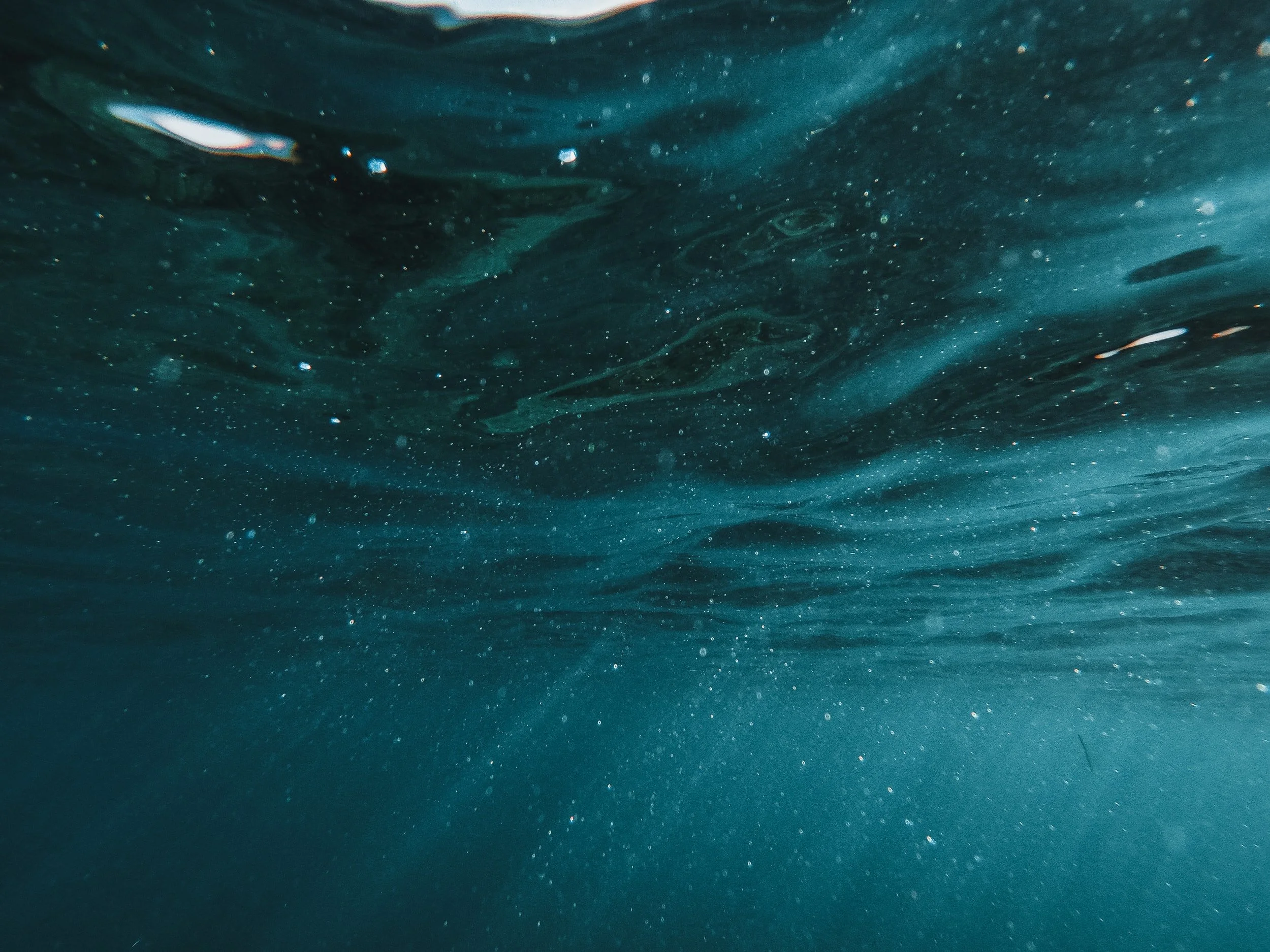Wilmar International: Suppliers and Deforestation
Various NGOs have investigated and challenged the inclusion of mill suppliers who deforest; and there is controversy over suspending or engaging with errant suppliers. Wilmar says to avoid suspension contributing to “a growing leakage market” or negatively impacting oil palm smallholders, post-suspension engagement is crucial... to assist suppliers in bringing their operations to compliance.” Its “Suspend then Engage” grievance approach took effect in January 2019.
For human rights complaints, a supplier must take steps “to address the grievance with regard to the development and implementation of the time bound action plan which includes corrective actions, remediation actions and actions to demonstrate systemic and group-wide change.”
Under its “Re-engagement Protocol”, Wilmar may resume sourcing from suppliers suspended for deforestation and/or peatland development if re-entry criteria (specifying minimum terms and conditions) are met. An example is the so-called GAMA Group, apparently consolidated under KPN Plantation (and associated with Martua Sitorus, a Wilmar founder). Its recovery plan interventions centers on "social recovery, specifically supporting the development of hutan desa (community social forestry) programmes in the area to support community empowerment and improving livelihoods. The recovery plans also consider landscape recovery where feasible, such as creating wildlife corridors."
According to ‘Wilmar’s Supplier Monitoring Programme’ of Sep 2018 (the latest report, accessed 10 Dec 2020):
Suppliers report their current compliance to Wilmar’s NDPE policy via Its online self-reporting system and there is follow-up verification for 10% of mills. The verification programme included satellite monitoring of 11 million hectares and 500 mills by Sep 2018.
“16 suppliers (were suspended) at a group level, as they failed to convincingly improve their policies and/or actions, supply chain exclusion at a group level has been imposed,” and for Indonesia a million tonnes worth of supply has been suspended while about 1.2 million tonnes was under ongoing engagement. The total under complaint (suspension and engagement status) was 3 million tonnes of supply (including Malaysia and rest of the world). This tonnage under complaint is about 12% of Wilmar’s 25 million annual tonnes of palm products handled in 2019. The Indonesia complaints seen by Wilmar relate to about 5% of Indonesia’s palm oil production of about 43 million tonnes per year; and they likely appear as complaints for other Indonesia-based trader-processors too.
Editor’s note: Interestingly, Wilmar exited from the High Carbon Stock Approach in April 2020, citing governance and financial issues. The company, however, insisted that it “firmly committed to the adoption and implementation of the HCSA toolkit”. Wilmar’s press statement on its exit can be read here.




